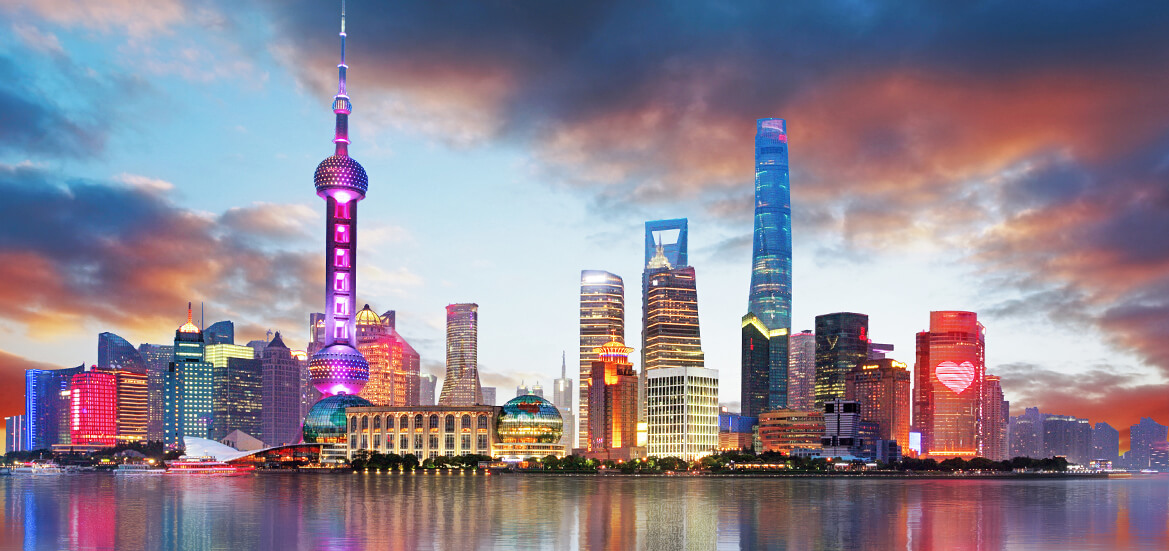The Democratization of the Unreachable for the Aspirational: Premiumization in Asian markets.
Part 1 of 3
“Premiumization is persuading consumers to pay more, for a better experience on a given occasion.”
Andy Fennell | Chief Marketing Officer: Diageo
What is Premiumization?
Premiumization is about leveraging key elements of top end products and high-end consumerism and integrating them into more mainstream products, significantly upgrading their value…premiumization. In essence, it’s about adding exclusivity and scarcity to products to increase their emotional appeal to aspirational consumers. Not everyone can afford to shop in the rarified air of the super wealthy, but the aspirational middle class are striving for ‘me-too’ status and heading in that direction. Premiumization offers them an opportunity to be part of the club. It helps them enjoy the excitement of social advancement, and nothing does that better than being able to say, “look at me, look at what I’ve got, look at who I am now.”
When you’re doing well, splashing out on life’s luxuries isn’t just about enjoying the better things in life, it’s also about showing other people your new prosperity. This emotional need and competitive drive lives and breathes in all of us to some degree. We all want others to notice us, and we all want people to know when we’re doing well. In places like China, letting people know you’re upwardly mobile is really important. Global beverage brands like Johnnie Walker, Grey Goose and Red Bull are exemplars of premiumization. They deeply understand how to help aspirational consumers demonstrate success. The way they develop their brands reflects their superior insight and knowledge.
To be fair, a big part of their success comes from the powerful brands they have invested in and built. Originally known as Walker’s Kilmarnock Whisky, the Johnnie Walker brand is a legacy that began in the 1850’s by John “Johnnie” Walker after he started selling whisky in his grocer’s shop in Ayrshire, Scotland. Sidney Frank, the man behind Grey Goose vodka chose a different path. He understood that Americans want to pay more – you just had to give them a great story. How good was his story…pretty damn good. To put his amazing feat into context, in 2004, Sidney Frank sold Grey Goose to global rum juggernaut Bacardi for USD $2.2 Billion and in doing so (in my opinion) proved the case for premiumization for all time. If you want to make higher margins and boost profits start working on crafting great narrative. Invest in telling your story in a unique way. Find the magic in your brand, engage aspirational consumers emotionally, and then deliberately craft and design the look and feel of every touch point. There are no half measures…either it’s premium, or it isn’t. Either you connect, or you don’t.
In China and across Asia, the landscape is changing rapidly. Consumers are increasingly wanting to enjoy and show off their new prosperity. For this reason, premiumization represents a huge growth opportunity for savvy firms. Those with insight and understanding can see what’s happening. They’re the ones who are prepared to embrace and respond to this once-in-a-lifetime phenomenon. As aspirational consumers enjoy rising incomes, they want to enjoy things that were once out of their reach, and they’ll spend hard to get there.
Global research firm AC Nielson (2015) reports:
“The rising spending power of Southeast Asia’s aspirational consumers is creating a surge in demand for premium products, particularly in the FMGC sector where premium offerings are growing at twice the rate of any other price tier.”
As premiumization continues to evolve, brands that wish to compete will need to premiumize their offer in the right way. They will need to understand what premiumization really means to Chinese and other Asian consumers. Companies will need to focus on developing deeper, more personal engagement with consumers. They will have to do a lot more than just offer products at a higher price or promote a better brand image – it’s much more than this. The secret sauce begins with how the story gets told. The companies that understand this will seize fresh opportunities to create new product segments and ultimately increase demand for their products.
These days both new and established brands have lifted their game. Getting match fit for market entry now means offering more of everything, more excitement, more provenance, more wow. This will require firms to significantly increase their marketing spend, but the numbers don’t lie. It’s worth it. Ultimately though, brands must deliver on their promise. Consumers are now in the driver’s seat. Their rapidly increasing purchasing power gives them more muscle than ever. They need to be listened to carefully and taken seriously. Do this and the opportunities for clever companies to capitalize on the upwardly mobile’s insatiable appetite for premium products is limitless.By Jim Wilkes
